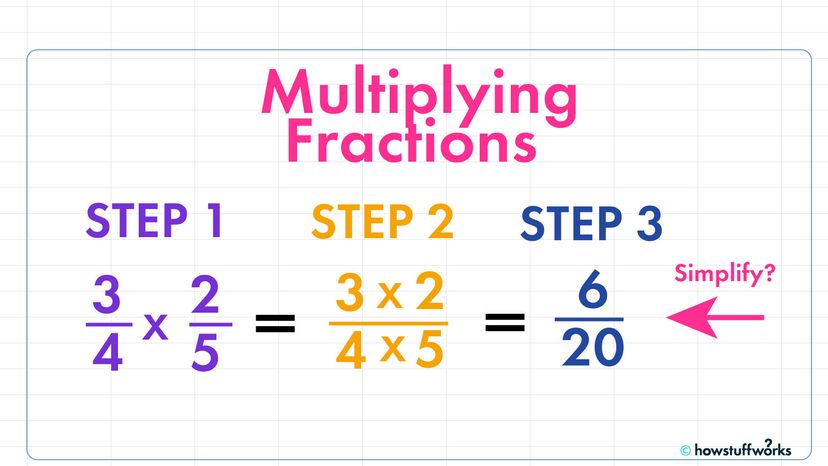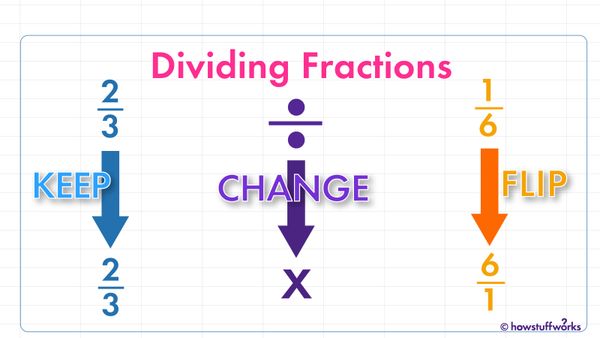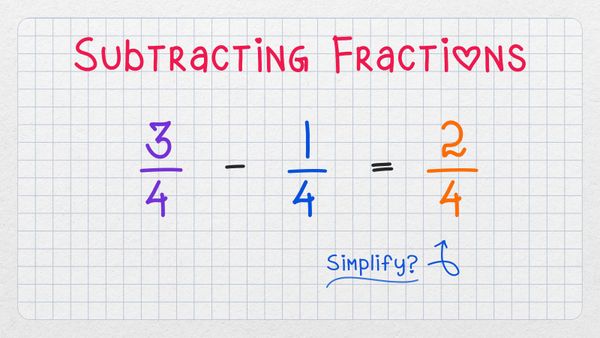
Key Takeaways
- To multiply fractions, you simply multiply the numerators (top numbers) with each other and the denominators (bottom numbers) with each other.
- Unlike addition or subtraction of fractions, there's no need for the denominators to be the same when multiplying fractions.
- As an example, to multiply 3/4 by 2/5, you would multiply 3 (numerator) by 2 (numerator) and 4 (denominator) by 5 (denominator) to get 6/20, which can be simplified to 3/10.
You might have been in fifth grade the last time you thought about how to multiply fractions.
Advertisement
But if you're trying to cut a recipe in half or calculate the new price of a sale sweater using fractions, you might need to dig around in the back of your memory for how to multiply fractions and get the right answer.
Advertisement


